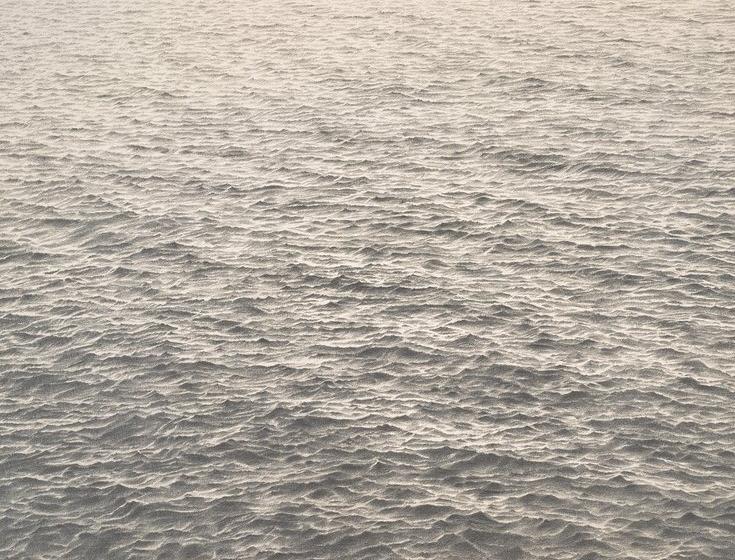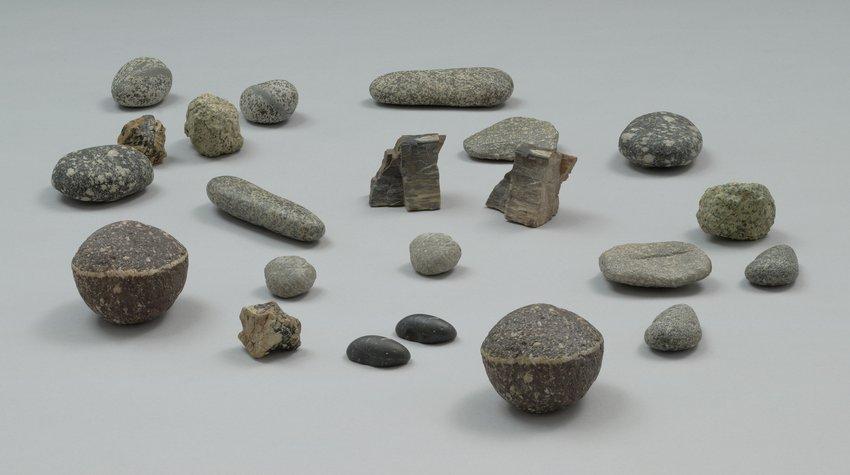Celmins began her career in Los Angeles, where she became one of the rare 1960s female artists to be recognized by her male peers and develop significant standing. In the early 1980s she moved to New York, and is one of few figures to have been embraced by the art communities on both coasts. A singular artist, Celmins has never adhered to one particular theoretical framework, nor aligned herself with a movement or close association with any group of artists. Her work is remarkable for its exceptional craftsmanship and its probing reinterpretations of the relationship between representation and reality.
“For more than 50 years, Celmins has sustained an extraordinary career pursuing a unique vision using familiar subjects as a foundation for an intensive studio practice and exquisite, intimate compositions,” said Gary Garrels, Elise S. Haas Senior Curator of Painting and Sculpture at SFMOMA and lead exhibition curator. “This exhibition is an exciting culmination of more than 10 years working closely with the artist.”
The exhibition — which later travels to the Art Gallery of Ontario, Canada, and The Met Breuer, New York — features Celmins’ “re-descriptions” of the physical world, which are created through a demanding and deliberative artistic process. Immersive galleries begin with a group of Celmins’ studio still life paintings that first established the artist’s reputation. Other highlights include a gallery of Celmins’ iconic drawings of oceans tracing the 10 years she devoted to this subject from 1968 to 1977; and another featuring all five paintings the artist created depicting World War II fighter planes. Also included are two galleries dedicated to images of the night sky — one for paintings and one for drawings — from the late 1980s to 2001, with recent paintings and drawings of both subjects concluding the exhibition. Key sculptures shown in the presentation include Comb (1969–70), Blackboard Tableau #1 (2007–10) and To Fix the Image in Memory I–XI, (1977-82), from which the exhibition subtitle is taken. Comprised of 11 pairs of found stones and their bronze casts whose surfaces were fastidiously painted, this work was created over the course of five years, to re-describe the original stones.
























![DEl Kathryn Barton [Australian b. 1972] the more than human love , 2025 Acrylic on French linen 78 3/4 x 137 3/4 inches 200 x 350 cm Framed dimensions: 79 7/8 x 139 inches 203 x 353 cm](/sites/default/files/styles/image_5_column/public/ab15211bartonthe-more-human-lovelg.jpg?itok=wW_Qrve3)



